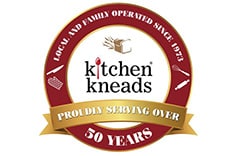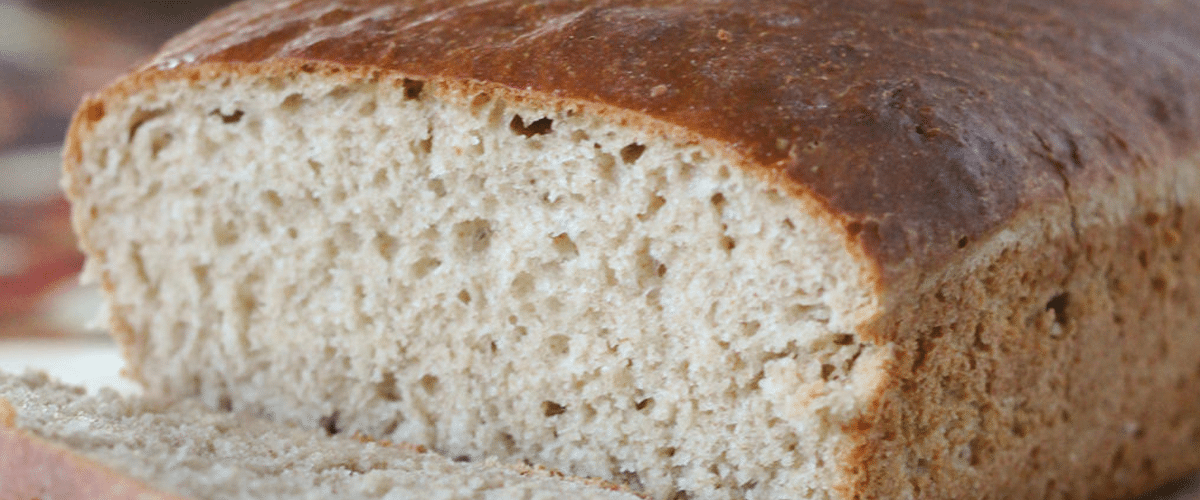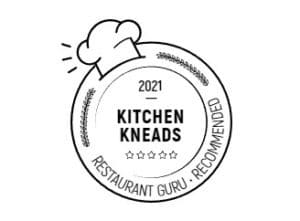In today’s world, we often reach for those convenient packets of yeast. However, there is so much talk about fresh cake yeast. Why do professional bakers always talk about these little cakes?

What is Fresh Yeast?
Yeast is simply a single-celled organism. This organism multiplies rapidly when fed sugar in a moist environment. Yeast is mostly sold as dried or dormant granules. This is called active, instant, or rapid-rise yeast. The dried version has a long shelf life and it can also stored at room temperature.
Fresh yeast, also called cake yeast or compressed yeast, comes in a block and contains moisture (about 70%) and is generally used by the baking industry. It should have a beige color, is soft and crumbly, and the smell should be stronger than a normal dry or instant yeast.
How to Buy Yeast
Fresh yeast has a two-week shelf life and that means it needs to be refrigerated. Not all markets will carry fresh yeast or will only carry it on a seasonal basis. You will likely find it in the dairy section.
Yeast can be frozen, and if it is, it can still be good for up to 6 months. You will want to make note of the expiration date so that you use the yeast before it goes bad. Always keep it stored well-wrapped in the refrigerator until you use it. If it has been frozen, you should allow it to come to room temperature before you use it.
Do not use hard yeast, is dark brown, has a crust, or if there is mold growing on it.
Conversion Between Dry and Fresh Yeast
Initially, those of us who have used dry yeast all our lives “because that’s the way Mom did it” will need ratios to convert.
2 1/4 teaspoons dry active, instant, or rapid-rise yeast granules (this is usually one 1/4-oz packet) = 2/3 ounce fresh yeast.
How to Use Fresh Yeast
When you are using fresh yeast, crumble it into small pieces at first. After that, you can add it to your dry ingredients or you may soften it in warm water and proceed with your recipe.
You should consider fresh yeast in breads that require a long, slow rising time, as it activates more quickly than the dried version and also stays active for longer periods.
Is Fresh Better Than Dried Yeast?
This is a matter of preference. We found that for convenience, the dried allows you to make batches of dough day after day. Dried has caught up with fresh in quality and flavor and many users cannot determine the difference.
However, many in our test kitchens did notice a difference in the fresh; it had a noticeably different aroma while baking and ultimately had a better flavor in the finished product.
We baked rolls and sandwich bread using both whole wheat and white flour. Ultimately, you will have to try the two head-to-head to determine what you prefer.













Leave a Reply